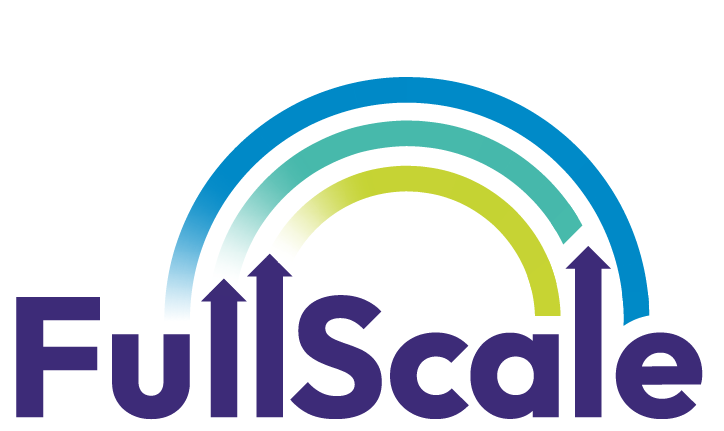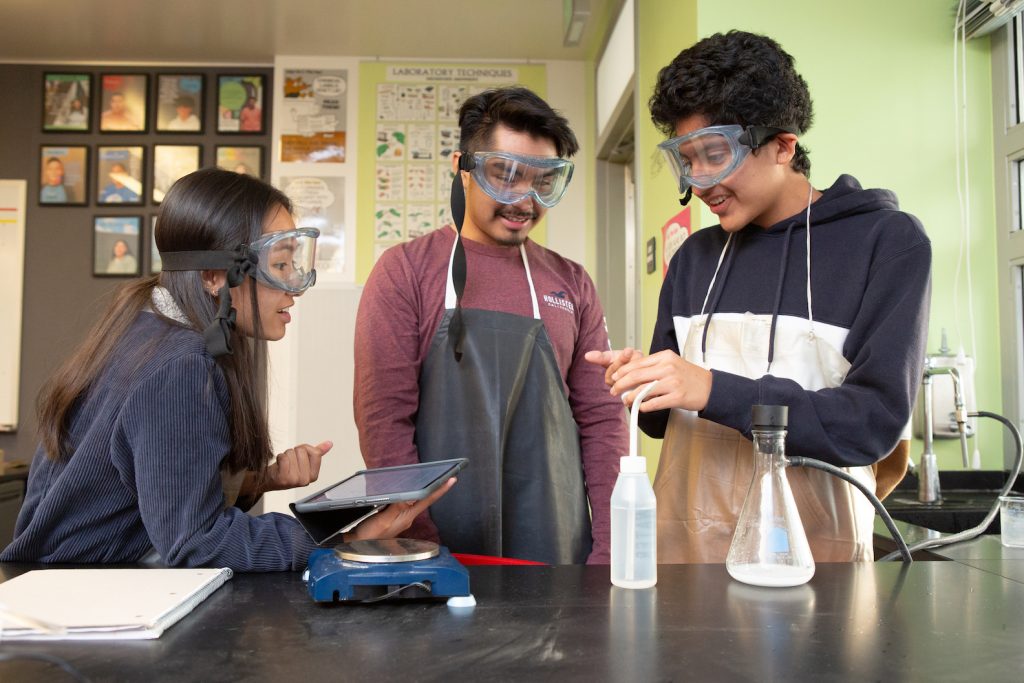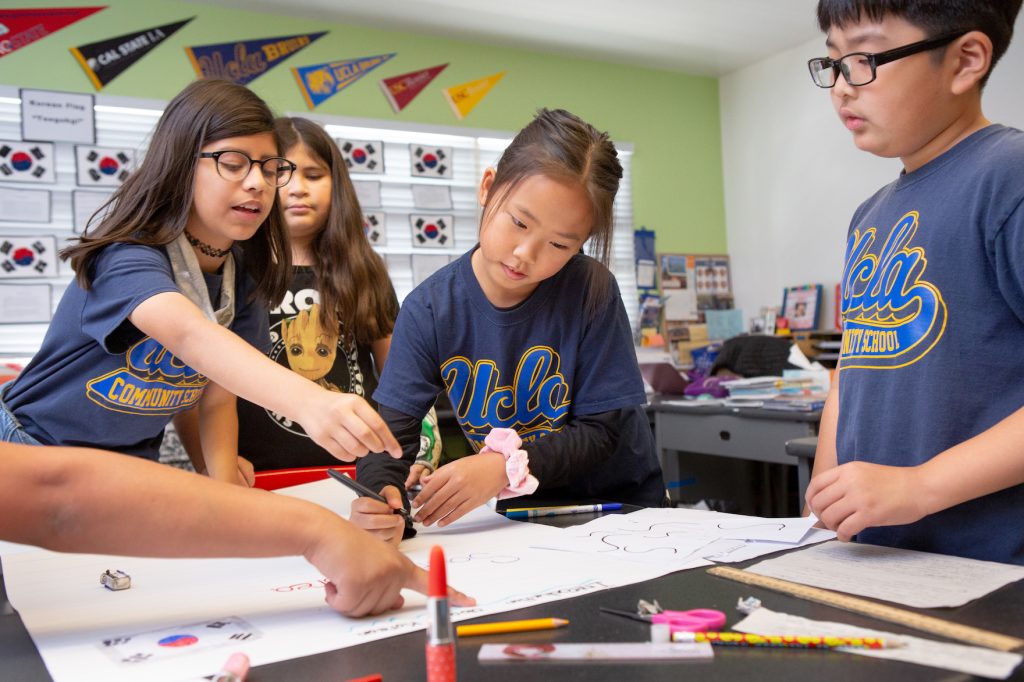Online dual enrollment is on the rise, opening new doors for high school students to earn college credit. While access is expanding, successful course completion is still lagging behind – especially for students in fully online environments or those historically underrepresented in these programs. Early college courses often focus on content-delivery, but they can also play a powerful role in helping students feel confident, connected, and capable when paired with intentional social-emotional support. That’s the goal behind the Increasing College Access Network (ICAN).
Funded by the U.S. Department of Education’s Education Innovation and Research (EIR) program, ICAN is led by Jobs for the Future (JFF) in partnership with Greater Twin Cities United Way, The Learning Accelerator, and two post-secondary institutions — Minnesota West Community & Technical College and Alexandria Technical & Community College. Additionally, the American Institutes for Research (AIR) is leading the evaluation of the model’s feasibility and impact. Launched in 2023, ICAN is helping make online dual enrollment more effective by embedding social-emotional learning (SEL) strategies directly into college-level instruction. The initiative focuses on high school English and Math courses – subjects where many students struggle – and supports instructors in weaving SEL practices into their teaching in sustainable ways. The result: students not only learn academic content, but also build skills and mindsets that support persistence and success.
And here’s the exciting part: it’s working. Early implementation and outcome data suggest that these small instructional shifts are helping students strengthen the competencies, mindsets, and beliefs that can help them succeed.
SEL That Fits, Not Feels “Extra”
ICAN’s model includes six practical, approachable strategies designed to strengthen students’ self-awareness, resilience, and sense of belonging. These aren’t standalone lessons — they’re small, flexible moves instructors can adapt and repeat in ways that fit their course flow:
- Emotions Check-In: Helps students name what they’re feeling as they approach and engage in learning.
- Challenge of the Week: Surfaces common academic or personal hurdles and prompts students to reflect and problem-solve.
- Calendar Look-Ahead: Encourages planning and time management by helping students prioritize upcoming tasks.
- Self-Assessments: Builds metacognition through self-rating, goal-setting, and confidence checks.
- Team-Building: Encourages connection and community through structured peer interaction.
- Individual Check-Ins: Fosters meaningful communication between students and instructors.
Instructors are bringing these strategies into their courses in creative, personalized ways. One paired “Challenge of the Week” with small-group discussions to boost peer interaction. Others integrated emotions check-ins into assignment submissions using emojis, pop culture clips, or one-word polls. Some made individual check-ins more sustainable through short video responses, quick chat messages, or group office hours with small incentives. Nearly all instructors layered strategies on top of existing course structures or activities. What we’ve learned? SEL doesn’t require a full course redesign – it can begin with one intentional routine that enhances what’s already working in your classroom. Across synchronous, asynchronous, and hybrid approaches, we’re seeing that even small, consistent practices can have a big impact.
What We’re Learning:
After nearly two years of implementation with our partners at Minnesota West and Alexandria Technical & Community College, instructors are telling us the strategies have become second nature. What initially felt new or unfamiliar is now an easier, more routine part of their teaching toolkit – and one that many plan to keep using. Early student data suggests promising growth in core SEL competencies, and nearly every participating instructor says they’ll continue using at least one SEL strategy moving forward. Many also noted that these practices helped them surface student needs and challenges that they may have otherwise missed, enabling earlier support and making their teaching feel more impactful. Most importantly, many instructors reported that students are showing up more engaged, confident, and ready to take on college-level work.
Ready to Try It?
You don’t have to start with all six strategies. Choose one, make it yours, and see what happens. Interested in trying this out in your course? Jobs for the Future has created a new educator resource that offers descriptions, examples, and ideas for getting started. You can also continue to build your knowledge of SEL practices and frameworks.
At the end of the day, social-emotional learning doesn’t compete with rigorous instructional activities – it strengthens them.
By embedding small, meaningful moments for reflection, connection, and student-level planning, educators are helping students show up more fully and successfully in their learning. When we help students feel seen, supported, and equipped, they rise to the challenge. We’re excited to keep on learning and sharing this work alongside our partners – and we’d love for you to join us. Try a strategy and let us know what you notice.





